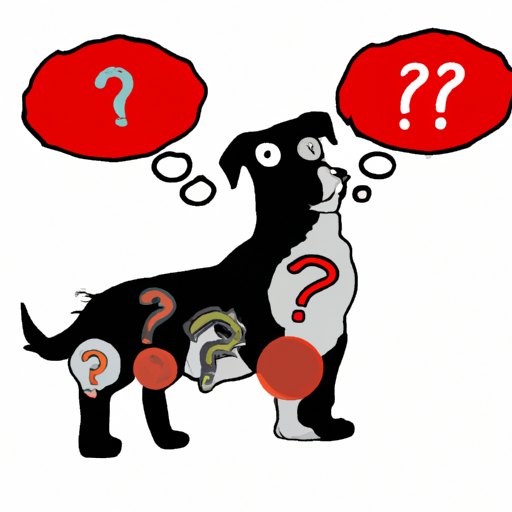As a pet parent or caregiver, comprehending the health concerns that may plague your furry friend is vital. One such health scare that might affect your dog is Gastric Dilatation-Volvulus (GDV), commonly referred to as a “dog’s stomach flipping”. This condition can be life-threatening if not addressed promptly. Let’s dive into what it actually means when a dog’s stomach flips, its causes, symptoms, treatment options, and preventive measures.
Table of Contents
- Understanding GDV, or ‘Dog’s Stomach Flipping’
- Causes of GDV
- Recognizing the Symptoms
- Treatment and Aftercare
- Preventive Measures
- Frequently Asked Questions
Key Takeaways
- The ‘flipping’ of a dog’s stomach is a serious condition known as Gastric Dilatation-Volvulus.
- GDV is often caused by rapid eating, large meal portions, or vigorous exercise after eating.
- Symptoms include excessive drooling, restlessness, swollen abdomen, and rapid breathing.
- Emergency veterinary intervention is necessary for treatment.
- Preventive measures include feeding smaller meals and avoiding intense activity post eating.
Understanding GDV, or ‘Dog’s Stomach Flipping’
When we say a dog’s stomach has ‘flipped’, it refers to a severe medical condition called Gastric Dilatation-Volvulus (GDV). This condition occurs when the dog’s stomach fills with gas and twists, preventing the gas from escaping. The trapped gas causes the stomach to bloat, and the twisting (volvulus) prevents blood flow to the heart and other vital areas. If not treated immediately, this can lead to shock, organ damage, and potentially death. According to VCA Hospitals, GDV is the second leading cause of death in large breed dogs.
Causes of GDV
The precise cause of GDV isn’t entirely known. However, it is often associated with dogs eating large amounts of food quickly, consuming one large meal a day, or exercising vigorously after eating. Certain breeds like Great Danes, German Shepherds, and Standard Poodles are more likely to experience this due to their deep and narrow chests, as explained in this One Top Dog article.
Recognizing the Symptoms
Recognizing the symptoms of GDV quickly can be the difference between life and death for your dog. The most common signs include:
- Excessive drooling
- Restlessness or pacing
- A visibly swollen or bloated abdomen
- Rapid shallow breathing
- Attempts to vomit without producing anything
If you notice these symptoms, it’s crucial to seek veterinary help immediately.
Treatment and Aftercare
Treatment of GDV requires immediate veterinary intervention. This usually involves stabilizing the dog, deflating the stomach, and surgery to untwist the stomach. Aftercare is just as crucial, and owners need to follow strict dietary and exercise guidelines as detailed in this One Top Dog post.
Preventive Measures
Prevention is undoubtedly better than cure. Some preventive measures include:
- Feeding your dog multiple small meals instead of one large one.
- Encouraging slow eating by using special bowls or puzzle feeders.
- Avoiding vigorous exercise, excitement, or stress for at least an hour after eating.
- Regular check-ups to monitor your dog’s health.
A prophylactic procedure known as Gastropexy can also be performed, especially in high-risk breeds, to prevent the stomach from twisting. More details can be found in this One Top Dog article.
Frequently Asked Questions
1. Are certain breeds more prone to GDV?
Yes, breeds with deep, narrow chests like Great Danes, German Shepherds, and Standard Poodles are more susceptible.
2. Can GDV be prevented?
While there’s no surefire way to prevent GDV, certain measures like feeding smaller meals, encouraging slow eating, and avoiding vigorous exercise post eating can reduce the risk.
3. Is GDV a medical emergency?
Yes, GDV is a life-threatening condition that requires immediate veterinary attention.
As a dedicated caregiver, understanding and recognizing the signs of GDV can save your dog’s life. Always be attentive to your dog’s eating habits, exercise routines, and overall behavior. Remember, when it comes to GDV, prompt action is the key. Always consult with a professional veterinarian if you suspect anything unusual about your dog’s health. You can learn more about various health conditions in dogs through this comprehensive guide by the American Kennel Club.



